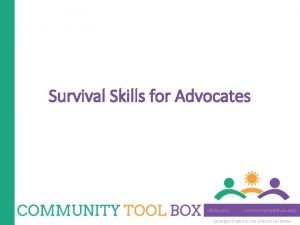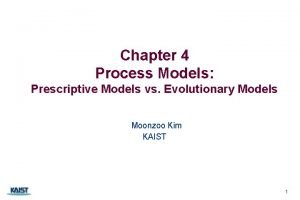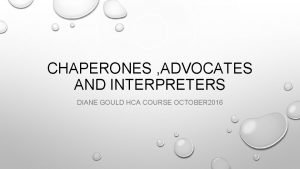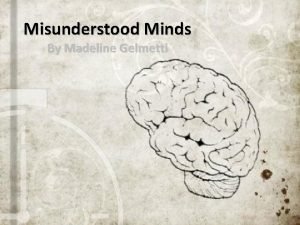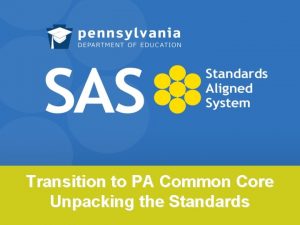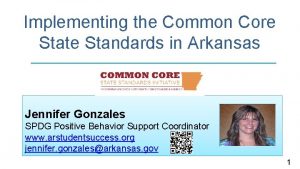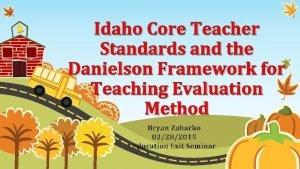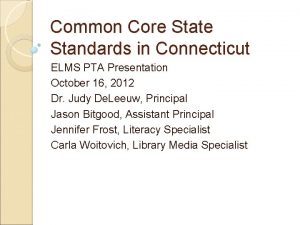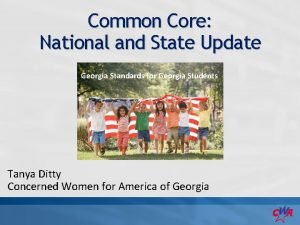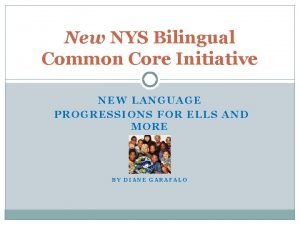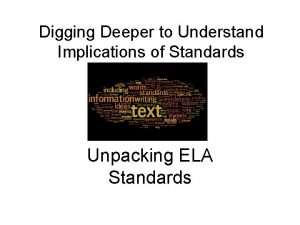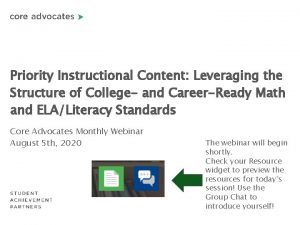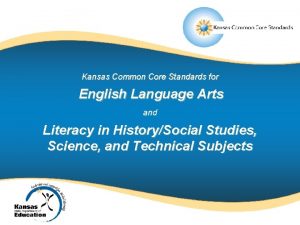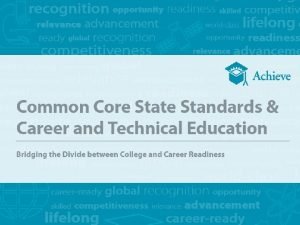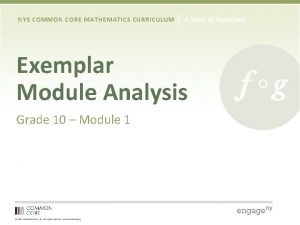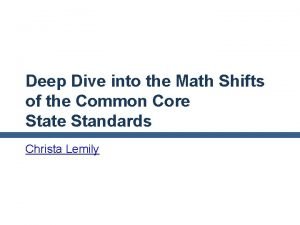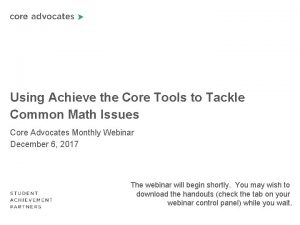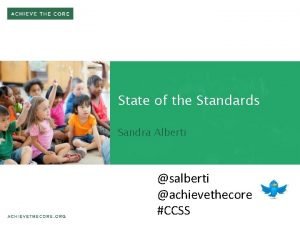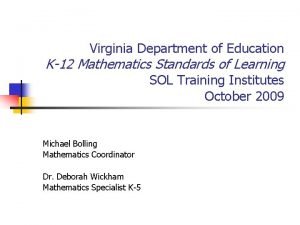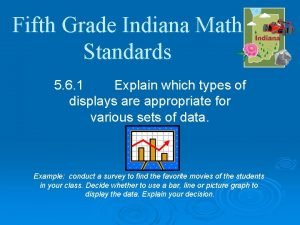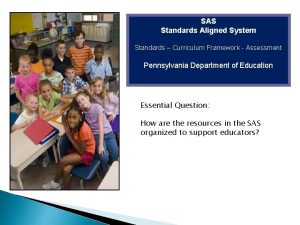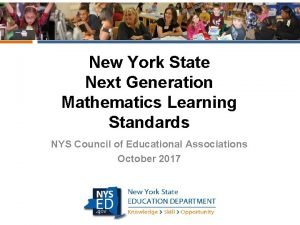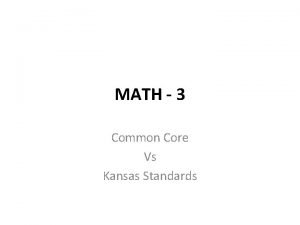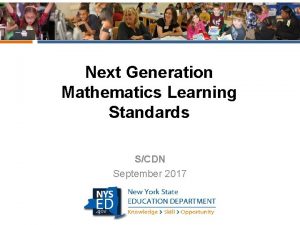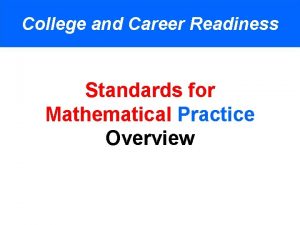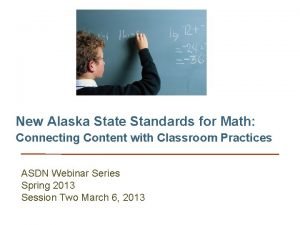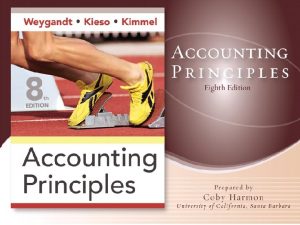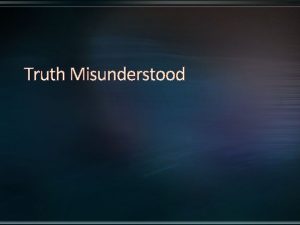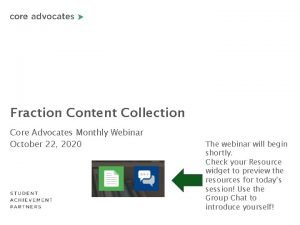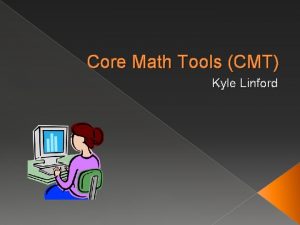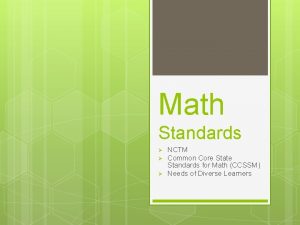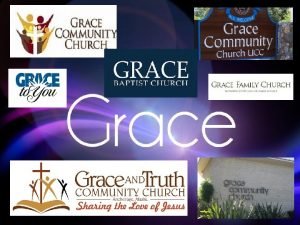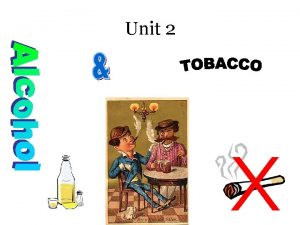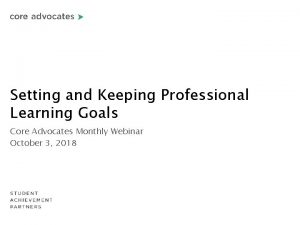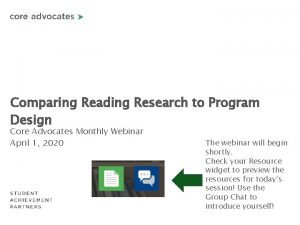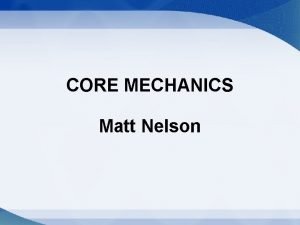The Most Misunderstood Math Standards Core Advocates Monthly















![During my [classroom] visits, I definitely have noticed some trends in instruction. There are During my [classroom] visits, I definitely have noticed some trends in instruction. There are](https://slidetodoc.com/presentation_image/5d8e578091a3044f70a6bad0fcce4689/image-16.jpg)











































- Slides: 59

The Most Misunderstood Math Standards Core Advocates Monthly Webinar August 7, 2019 The webinar will begin shortly. Check your Resource widget to preview the resources for today’s session!

Introductions Your hosts from the Professional Learning Team ● Jennie Beltramini, Math Specialist ● Nicole Bravo, Project Manager This Month’s Guests ● Rebecca Few, Core Advocate ● Brian Dean, Core Advocate 2

Who Are Core Advocates? Core Advocates believe in the power of standards to prepare all students for college and/or careers. They are eager to support and collaborate with their colleagues and communities in understanding and translating the Shifts into instructional practice. Core Advocates have the tools and knowledge to advocate for highquality instruction, instructional resources, and professional learning in their communities. 3

Learn More About Us! ● Contact Jennie Beltramini (jbeltramini@studentsachieve. net ) ● Complete this survey to join our database (and mailing list): www. achievethecore. org/ca-signup ● Visit our website: www. achievethecore. org 4

Tweet with Us! Please feel free to tweet during and after the webinar using #coreadvocates ● ● @achievethecore @Jennie. Beltro @few_rebecca @FLMath. Ninja Click here! 5

Engage with Us! During the webinar – Questions option – Group chat – Resources tab After the webinar – Access to recorded webinar will be emailed to you. Take our survey in 2 weeks and receive a certificate verifying 1 hour of professional learning. 6

Goals of the Webinar ✓ How does understanding the mathematics and pedagogical implications of misunderstood standards help teachers make great instructional decisions and support equitable instruction? ✓ What are commonly misunderstood standards in grades 3 -5 and how does understanding them help teachers and students? ✓ What are commonly misunderstood standards in grades 6 -8 and how does understanding them help teachers and students? 7

Section 1: How does understanding the mathematics and pedagogical implications of misunderstood standards help teachers make great instructional decisions and support equitable instruction?

Poll: How much professional learning/collaboration time during the last school year did you spend building mathematical and pedagogical content knowledge tied to grade-level standards (doing math, reading the progressions, learning mathematics)?

Content Knowledge 10

Pedagogical Content Knowledge 11

What aspect(s) of Rigor does this cluster and standard call for: conceptual understanding, procedural skill and fluency, and/or application? What specialized and pedagogical content knowledge do teachers need to have to teach this to students? What might be misunderstood about this standard? 12

13

Video from NCTM 14

Reflect ● How will the experiences of students in these two classrooms be different? What are the implications for students and their mathematical futures? ● What does the difference in these two approaches communicate to students about our belief in their abilityto understand math concepts? 15
![During my classroom visits I definitely have noticed some trends in instruction There are During my [classroom] visits, I definitely have noticed some trends in instruction. There are](https://slidetodoc.com/presentation_image/5d8e578091a3044f70a6bad0fcce4689/image-16.jpg)
During my [classroom] visits, I definitely have noticed some trends in instruction. There are some standards, regardless of the teacher, the school, or the district that seem to be commonly misunderstood. Somehow the intent of these standards is lost during instruction. I do not believe this is ever done intentionally, but could be a byproduct of many factors. Maybe it is because old standards are still lingering in the current curriculum; maybe lessons and/or materials have been recycled or repurposedfrom before new college- and careerready standards; or maybe there is a lack of understanding of what the standard actually means. Brian Dean, Core Advocate 16

17

Section 2: What are commonly misunderstood standards in grades 3 -5 and how does understanding them help teachers and students?

Rebecca Few Content Lead, Instruction Partners Murfreesboro, TN

Looking at the progression 20

“Connections are useful because they help students see mathematics as a unified body of knowledgerather than a set of complex and disjointed concepts, procedures and processes. Real world contexts provide opportunities for students to connect what they are learning to their own environment. Their mathematics may also be connected to other disciplines which provides opportunities to enrich their learning. ” 21

Grade 3 3. NF. A. 3 Explain equivalence of fractions in special cases, and compare fractions by reasoning about their size. 22

Jon and Charlie plan to run together. They are arguing about how far to run. Charlie says, I run 3/6 of a mile each day. Jon says, I can only run 1/2 of a mile. If Charlie runs 3/6 of a mile and Jon runs 1/2 of a mile, explain why it is silly for them to argue. Draw a model or a number line to support your reasoning. From Illustrative Mathematics What prior knowledge will students need to solve Jon and Charlie’s dilemma?

Solution Area Model Linear Model What do we want students to understand? What misconceptions might students have?

Grade 4 4. NF. A. 1 Explain why a fraction a/b is equivalent to a fraction (n × a)/(n × b) by using visual fraction models, with attention to how the number and size of the parts differ even though the two fractions themselves are the same size. Use this principle to recognize and generate equivalent fractions. 25

26

Solution a. b. c. What do we want students to understand? Part C is all about the understanding! 27

Solution c. Since the shaded portion is the same in each case but we just look at it in a different way and describe it with a different fraction, the fractions are equal. 28

Coherence How did we use what we knew from the third grade problem to solve the fourth grade problem? 29

Grade 5 5. NF. A. 1 Add and subtract fractions with unlike denominators (including mixed numbers) by replacing given fractions with equivalent fractions in such a way as to produce an equivalent sum or difference of fractions with like denominators. For example, 2/3 + 5/4 = 8/12 + 15/12 = 23/12. (In general, a/b + c/d = (ad + bc)/bd. ) 30

31

Solution Methods Estimating “It is not necessary to find a least common denominator to calculate sums of fractions, and in fact the effort of finding a least common denominator is a distraction from understanding algorithms for adding fractions. Students make sense of fractional quantities when solving word problems, estimating answers mentally to see if they make sense. ” Fraction Progressions 32

Solution Methods Calculating using common denominators 33

Looking at the progression 34

Question or Poll: ? Please use the Questions tab on your control panel to respond. If using a poll, please put up to 5 answer choices in the notes section below and indicate if attendees should choose only one response or multiple responses.

Section 3: What are commonly misunderstood standards in grades 6 -8 and how does understanding them help teachers and students?

Brian Dean (he/him/his) Math Content Lead Tampa, FL @FLMath. Ninja

Looking at the progression 38

Grade 6 6. RP. A. 3: Use ratio and rate reasoning to solve realworld and mathematical problems, e. g. , by reasoning about tables of equivalent ratios, tape diagrams, double number line diagrams, or equations. 6. RP. A. 3 c: Find a percent of a quantity as a rate per 100 (e. g. , 30% of a quantity means 30/100 times the quantity); solve problems involving finding the whole, given a part and the percent. 39

Grade 6 | 6. RP. A. 3 c What would you expect to see in terms of student work in order to demonstrate mastery of this standard? Jasmine has taken an online boating safety course and is now completing her end-of-course exam. As she answers each question, the progress bar at the bottom of the screen shows what portion of the test she has finished. She has just completed Question 16, and the progress bar shows she is 20% complete. How many total questions are on the test? Use a table, diagram, or equation to justify your answer. https: //nysed-prod. engageny. org/resource/grade-6 -mathematics-module-1/file/110561 40

Grade 6 41

Grade 6 42

Grade 6 43

Grade 6 44

Grade 6 45

Grade 6 46

Grade 6 | 6. RP. A. 3 c What would you expect to see in terms of student work in order to demonstrate mastery of this standard? Jasmine has taken an online boating safety course and is now completing her end-of-course exam. As she answers each question, the progress bar at the bottom of the screen shows what portion of the test she has finished. She has just completed Question 16, and the progress bar shows she is 20% complete. How many total questions are on the test? Use a table, diagram, or equation to justify your answer. https: //nysed-prod. engageny. org/resource/grade-6 -mathematics-module-1/file/110561 47

Grade 6 | 6. RP. A. 3 c What would you expect to see in terms of student work in order to demonstrate mastery of this standard? https: //illustrativemathematics. blog/2018/02/06/why-we-dont-cross-multiply/ 48

Grade 7 7. RP. A. 2 a: Decide whether two quantities are in a proportional relationship, e. g. , by testing for equivalent ratios in a table or graphing on a coordinate plane and observing whether the graph is a straight line through the origin. 7. RP. A. 2 d: Explain what a point (x, y) on the graph of a proportional relationship means in terms of the situation, with special attention to the points (0, 0) and (1, r) where r is the unit rate. 49

Grade 7 | 7. RP. A. 2 a https: //nysed-prod. engageny. org/resource/grade-7 -mathematics-module-1 -topic-lesson-2/file/55966 50

Grade 7 | 7. RP. A. 2 d Carli’s class built some solar-powered robots. They raced the robots in the parking lot of the school. The graphs below are all line segments that show the distance d, in meters, that each of three robots traveled after t seconds. A. Each graph has a point labeled. What does the point tell you about how far that robot has traveled? B. Carli said that the ratio between the number of seconds each robot travels and the number of meters it has traveled is constant. Is she correct? Explain. C. How fast is each robot traveling? How did you compute this from the graph? https: //tasks. illustrativemathematics. org/content-standards/7/RP/A/2/tasks/181 51

Grade 8 8. EE. B. 6: Use similar triangles to explain why the slope m is the same between any two distinct points on a nonvertical line in the coordinate plane; derive the equation y = mx for a line through the origin and the equation y = mx + b for a line intercepting the vertical axis at b. 52

Grade 8 https: //im. openupresources. org/8/teachers/2/10. html 53

Questions for Our Guests?

Resource Name Link Core Advocate Survey http: //bit. ly/webinar-ca NCTM Video: Building Conceptual Understanding for Mathematics https: //www. nctm. org/Standards-and. Positions/Common-Core-State-Standards/Teachingand-Learning-Mathematics-with-the-Common-Core/#1 The Most Misunderstood Math Standards Aligned Blog Series https: //achievethecore. org/aligned/series/? series=Most %20 Misunderstood%20 Math%20 Standards Coherence Map https: //achievethecore. org/coherence-map/ Why We Don’t Cross Multiply IM Blog https: //illustrativemathematics. blog/2018/02/06/why-wedont-cross-multiply/ An Evening with the Authors: Q&A with Meredith and David Liben https: //event. on 24. com/wcc/r/2045117/8 D 96 DBE 93 DB 4 B 729124 C 3 EAE 7 DEDA 2 AB Join Our Network! www. achievethecore. org/ca-signup September Core Advocate Webinar Registration https: //event. on 24. com/wcc/r/2062144/C 9 F 6 E 1 A 62 E 752 F 9 FCA 3 F 576548 C 9 C 946 55

Join our network! Join a national network of educators Keep up to date on free resources, upcoming SAP webinars/professional learning opportunities, job postings and more! Connect with state networks Be a part of creating new tools and resources in partnership with SAP 56

Please Join Us! https: //achievethecore. org/ca-signup Twitter: twitter. com/achievethecore Facebook: facebook. com/achievethecore Pinterest: pinterest. com/achievethecore 57

Join Our Network! www. achievethecore. org/ca-signup 58

Thank You!
 Utah core math standards
Utah core math standards Survival skills for advocates
Survival skills for advocates Khurana & khurana advocates and ip attorneys (delhi branch)
Khurana & khurana advocates and ip attorneys (delhi branch) Khurana & khurana advocates and ip attorneys
Khurana & khurana advocates and ip attorneys Early ob advocates
Early ob advocates Prescriptive process models
Prescriptive process models Diane gould advocates
Diane gould advocates Housing land advocates
Housing land advocates Misunderstood tattoos
Misunderstood tattoos God is faithful 1 corinthians
God is faithful 1 corinthians Poems about being misunderstood
Poems about being misunderstood Pbs misunderstood minds
Pbs misunderstood minds A time you felt misunderstood
A time you felt misunderstood Inner core and outer core
Inner core and outer core Inner core and outer core
Inner core and outer core Crust outer core inner core mantle
Crust outer core inner core mantle Purpose of paradox
Purpose of paradox Pa common core standards
Pa common core standards Six ministerial priorities in south africa
Six ministerial priorities in south africa Common core state standards arkansas
Common core state standards arkansas Danielson framework summary
Danielson framework summary Bryan zaharko
Bryan zaharko Common core state standards ct
Common core state standards ct Common core standards ga
Common core standards ga Bilingual common core standards
Bilingual common core standards Unpack standards template
Unpack standards template Common core state standards missouri
Common core state standards missouri Achieve the core priority standards
Achieve the core priority standards Kansas english standards
Kansas english standards Kentucky core academic standards
Kentucky core academic standards Common career technical core standards
Common career technical core standards Factors determining service standards
Factors determining service standards Nys common core math
Nys common core math 4th grade math jeopardy common core
4th grade math jeopardy common core Achieve the core math
Achieve the core math Achieve the core.org
Achieve the core.org Achieve the core math
Achieve the core math Michael bolling vdoe
Michael bolling vdoe Indiana math standards
Indiana math standards Sas standards math
Sas standards math Next generation math standards grade 2
Next generation math standards grade 2 Math standards kansas
Math standards kansas Nys next generation math standards
Nys next generation math standards Oklahoma state department of education math standards
Oklahoma state department of education math standards Wida mpi
Wida mpi College and career readiness standards math
College and career readiness standards math Alaska state standards math
Alaska state standards math Math game math hit the button
Math game math hit the button Applied overhead formula
Applied overhead formula Hát kết hợp bộ gõ cơ thể
Hát kết hợp bộ gõ cơ thể Bổ thể
Bổ thể Tỉ lệ cơ thể trẻ em
Tỉ lệ cơ thể trẻ em Gấu đi như thế nào
Gấu đi như thế nào Tư thế worms-breton
Tư thế worms-breton Hát lên người ơi
Hát lên người ơi Các môn thể thao bắt đầu bằng tiếng chạy
Các môn thể thao bắt đầu bằng tiếng chạy Thế nào là hệ số cao nhất
Thế nào là hệ số cao nhất Các châu lục và đại dương trên thế giới
Các châu lục và đại dương trên thế giới Cong thức tính động năng
Cong thức tính động năng

